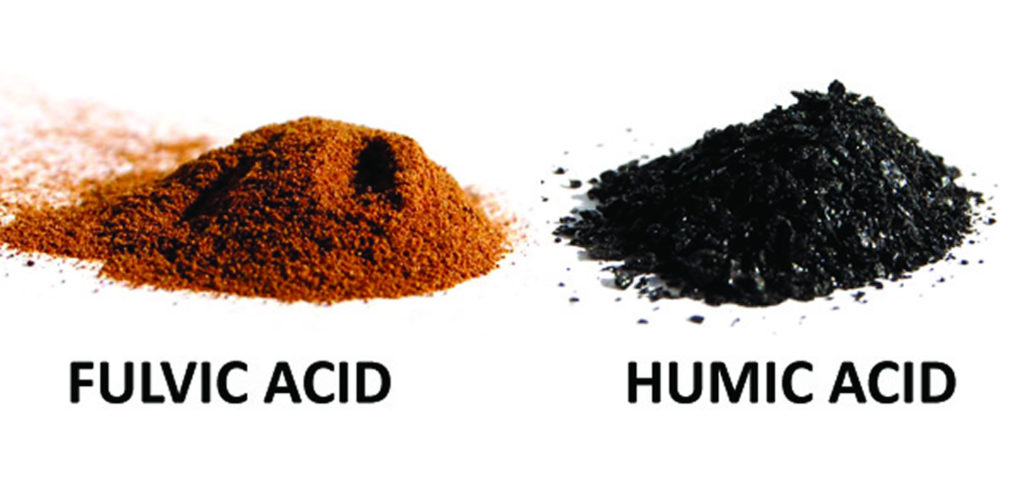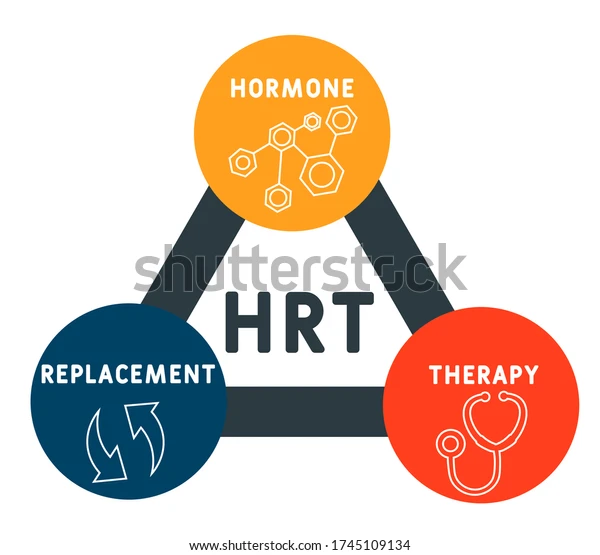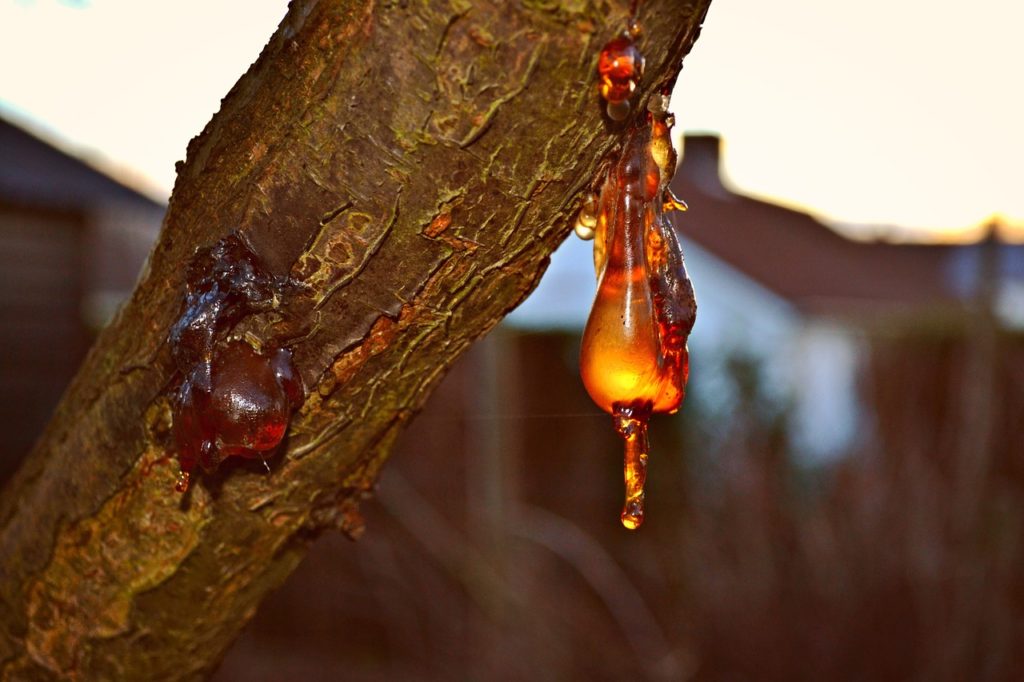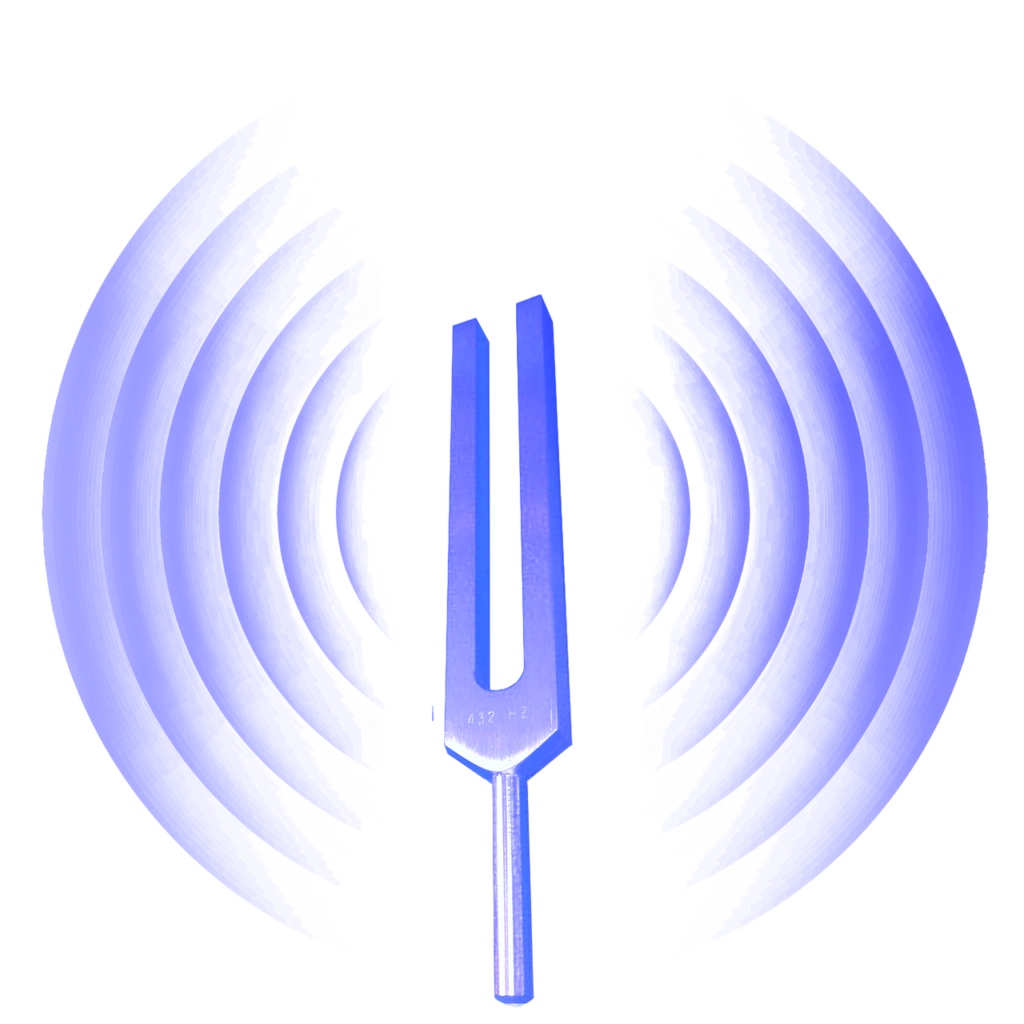Introduction:
Fulvic acid is an organic compound naturally found in the earth’s soil and bodies of water. It is created as a consequence of millions of microbes breaking down decaying matter during a process called humification.
FULVIC ACID CONTAINS BENEFICIAL NUTRIENTS INCLUDING:
- Electrolytes
- Antioxidants
- Prebiotics
- Probiotics
- Enzymes
- Amino acids
- Natural detoxifying compounds
INCREASES ENERGY AND REDUCES FATIGUE:
Fulvic acid will help prime your body to create more energy at a more efficient rate, and therefore minimize fatigue, leading to an increase in mental acuity, physical performance and endurance.
STRENGTHENS IMMUNITY:
Research has also shown that fulvic acid acts as an anti-microbial substance, which may further help to protect the body against infectious diseases.
INCREASES COGNITIVE FUNCTION AND DECREASES THE RISK OF AGE-RELATED COGNITIVE DISEASES:
There is emerging research showing that fulvic acid has nootropic properties. A nootropic is a substance that can help increase markers of intelligence and cognitive performance, such as working memory and one’s ability to learn and retain information. Researchers state that fulvic acid has the potential to improve and protect cognitive impairments, such as those which fall under the symptoms of Alzheimer’s disease. The underlying cause of Alzheimer’s disease causes the blockage of other neurons from making connections.
INCREASES NUTRIENT AND SUPPLEMENT ABSORPTION:
Fulvic acid helps your body absorb more nutrients by increasing cell permeability. In order for your cells to effectively absorb nutrients, they require electrolytes to allow for the flow of ions. Fulvic acid is high in electrolytes.
MAY HELP WITH HIGH BLOOD SUGAR, DIABETES AND OBESITY:
Research has shown that fulvic acid can decrease hyperglycemia (high blood sugar) in diabetic rats. Other research shows that fulvic acid can increase antioxidant enzymes such as superoxide dismutase (SOD) in the beta cells of the pancreas. A study from the Journal of Medicinal Food found that obese individuals who used pure shilajit responded better to exercise than those who didn’t.
LOWERS FREE-RADICAL DAMAGE AND ACTS AS A POWERFUL ANTIOXIDANT:
The antioxidant properties of fulvic acid support the idea that fulvic acid should be used in pharmaceuticals as an accessible source of natural antioxidants.
SUPPORTS A HEALTHY GUT AND MICROBIOME:
Research has made it clear that poor gut health is the backbone of inflammation and many diseases. There is emerging evidence that fulvic acid offers a lot of therapeutic potential to improving gut based diseases. The alleviation of these symptoms can help to improve diseases such as small intestine bacterial overgrowth (SIBO) and inflammatory bowel disease (IBD).
IMPROVES MUSCLE FUNCTION AND INCREASES TESTOSTERONE:
One study found that men between 45-55 who used fulvic/humic acid experienced a significant increase in testosterone. The mutual increase in ATP through increased mitochondrial efficiency and the increase in testosterone will work synergistically to improve recovery, muscle hypertrophy and performance.
NATURALLY DETOXIFIES AND CHELATES HEAVY METALS:
Research has shown that fulvic acids act as a potential mitigator of toxic metal absorption, as seen by reducing toxic metal agents in water. One reason why fulvic acid is so powerful for both digestion and energy levels is due to its ability to detoxify the body. Consuming humic acids helps to bind and break down toxins and metals which are consumed through one’s diet.
HELPS TO DECREASE INFLAMMATION:
Chronic inflammation is one of the key driving factors of disease. Chronic inflammation simply describes a range of illnesses which cause and accompany prolonged inflammation. Fulvic acid has the capacity to reduce the pro-inflammatory markers.
MAY SLOW DOWN AGING AND INCREASE LONGEVITY:
Fulvic acid is anti-inflammatory, protects against oxidative stress, and is good for the mitochondria; it is more than probable that fulvic acid is incredibly beneficial for those of us trying to live a long and healthy life.
PROTECTS AND REPAIRS SKIN
Evidence has shown that humic acids help to improve skin health. Fulvic acid supplementation significantly improved symptoms associated with eczema compared to other commonly used eczema treatments.
Conclusion:
Fulvic acid (FvA), one such NHP, comes from humic substances produced by microorganisms in soil. Traditional medicine and modern research claim FvA can modulate the immune system, influence the oxidative state of cells, and improve gastrointestinal function.



